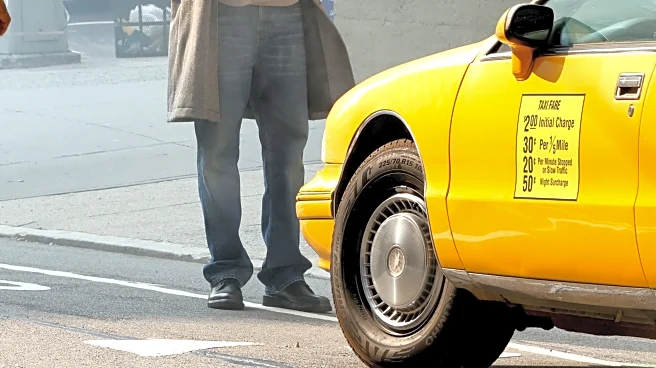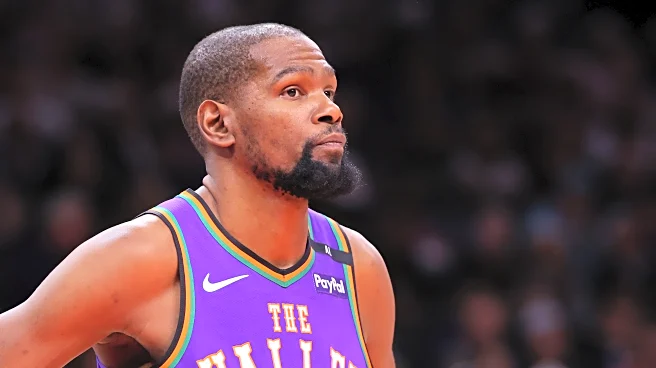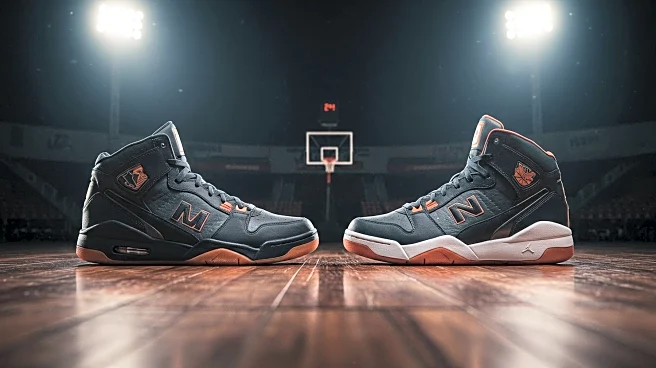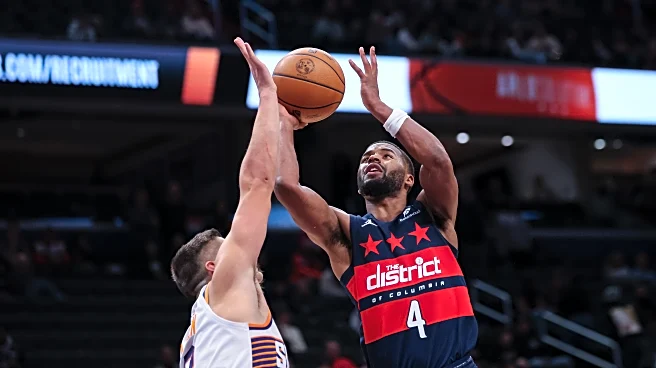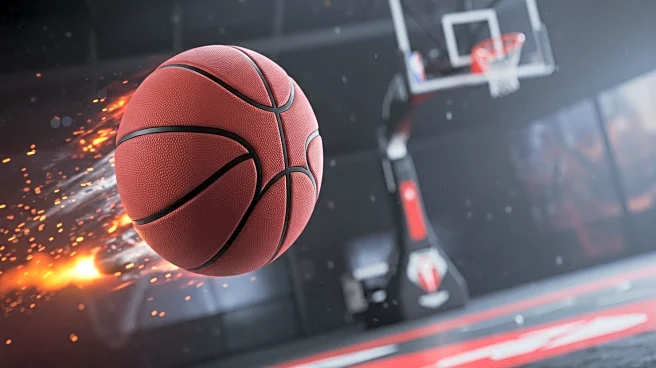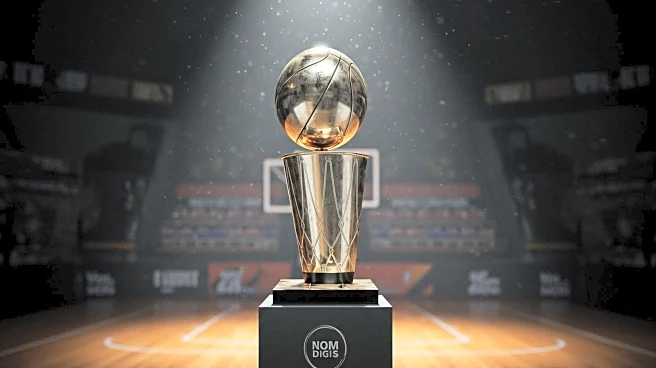
We’re continuing our Bright Side series by exploring what success looks like for each Suns player in 2025–26.
Next season will test the Phoenix Suns in ways that go beyond wins and losses. Revamp, retool, restructure; the franchise has entered a soft rebuild while the rest of the Western Conference arms itself for contention. Others are rising, the Suns are recalibrating, searching for who they are, and more importantly, who they want to be.
That recalibration began with a seismic move: trading away
15-time All-Star Kevin Durant. The return? A package from the Houston Rockets headlined by draft picks, Dillon Brooks, and the mercurial talent of Jalen Green.
Green arrives as a paradox. Drafted second overall in 2021, he carries the sheen of untapped potential and the weight of unmet expectations. In Houston, he was both a promise and a puzzle. He was the leading scorer on a two-seed, yet doing so on volume over efficiency. Twenty-one points a night on 17.5 shots. Explosive, athletic, streaking between brilliance and recklessness. And it’s that variance, the thin line between star and frustration, that pulled the Suns toward him.
Which is why next season, Green stands at the crossroads more than any other Sun. His variance is the widest, his outcome the most volatile.
Because make no mistake: he inherits Bradley Beal’s shadow. He inherits Beal’s role, his usage, and the microscope that comes with it. Jalen Green will be the most scrutinized player in Phoenix next season. To say the Suns will go as far as Green goes might be overstating it, but to say their success is untethered from his would be dishonest.
Green embodies the pivot point. His growth, or his stagnation, won’t merely reflect on him. It will define the Suns’ attempt to forge a new identity.
Success for Jalen Green starts with one word: efficiency.
He doesn’t need to reinvent his game, but he has to sharpen it. Last season, his effective field goal percentage sat at 50.5%. For perspective, Devin Booker checked in at 52.5%. Not a canyon of difference. Not horrible. But the shot diet? That’s where things get interesting, and that’s where next season could ultimately define him.

At his core, Green is an attacker. Nearly 34% of his attempts came within eight feet, where his athleticism turns defenders into props. He’s also a volume three-point shooter — 8.1 attempts a game last year — though his 35.4% clip leaves room for growth. That profile actually complements Booker, who thrives in the midrange. One slashes and stretches, the other dissects from the middle. On paper, the pairing makes sense.
But here’s the contrast: Suns fans are coming off watching two of the most ruthlessly efficient scorers in basketball. Kevin Durant at 59.8% eFG. Bradley Beal at 57.1%. Every shot from those two felt like a calculated kill. Jalen Green won’t live in that stratosphere. At least not yet. And that adjustment will test patience.
The measure of success isn’t whether he equals Durant or Beal. It’s whether he narrows the gap. If Green can inch toward their efficiency while maintaining his explosiveness, the Suns will have something real. Because with him, it’s less about whether he can score (he can) and more about how much his scoring costs.
The real measure of success won’t be in raw numbers. It will be in development. Efficiency matters, yes, but so does evolution. Green will be asked to handle the ball far more than he did in Houston, and that responsibility exposes both his strengths and his gaps.
B-Ball Index paints the picture: an A- grade in playmaking, sitting in the 83rd percentile. That speaks to vision, to creativity, to the ability to generate looks for others. But then the flip side. An F in passing creation quality, bottoming out in the 7th percentile. In other words, he sees plays but doesn’t always deliver them with precision. For a player the Suns are handing the keys to as their primary point guard, that gap becomes glaring. Progress there isn’t optional. It’s mandatory.

So yes, efficiency and playmaking will define Jalen Green’s success next season. But they’re also threads in the larger fabric of his growth. He’s still only 23 years old, a former No. 2 pick now with a second organization, and the hope is that he enters Phoenix with the right kind of edge, the chip-on-your-shoulder urgency that fuels progression. Because the story of Jalen Green in year one with the Suns won’t be about whether he’s perfect, it will be about whether he grows.
Can it be done? Sure. Just look at his first four seasons compared to Devin Booker. Statistically, they are that far apart.
Success for Jalen Green next season isn’t about becoming an All-Star. It isn’t about making an All-NBA team. It’s about progression and taking the next steps in his career that set the foundation for those possibilities down the road. The Suns believe in who he is and what he can become. But belief has a shelf life.
In the short term, Green is a fix. In the long term, he’s a question. His performance next season could shape the direction of the franchise itself. After the year, he’ll still have two seasons and $72 million left on his contract. If he’s progressing, Phoenix faces a choice: invest in his growth or leverage his value. Keep him as part of the core or flip him to continue reshaping the roster.
That’s why his season matters in ways that go beyond the box score. He may not be the single most important player for the Suns next year in terms of immediate wins and losses, but in terms of the long-term health and trajectory of the organization, he might be. Because if Green develops, the Suns have a building block. If he doesn’t, they have a crossroads. Again.
Listen to the latest podcast episode of the Suns JAM Session Podcast below.
Stay up to date on every episode, subscribe to the pod on Apple, Spotify, YouTube, YouTube Podcasts, Amazon Music, Podbean, Castbox.
Please subscribe, rate, and review.
